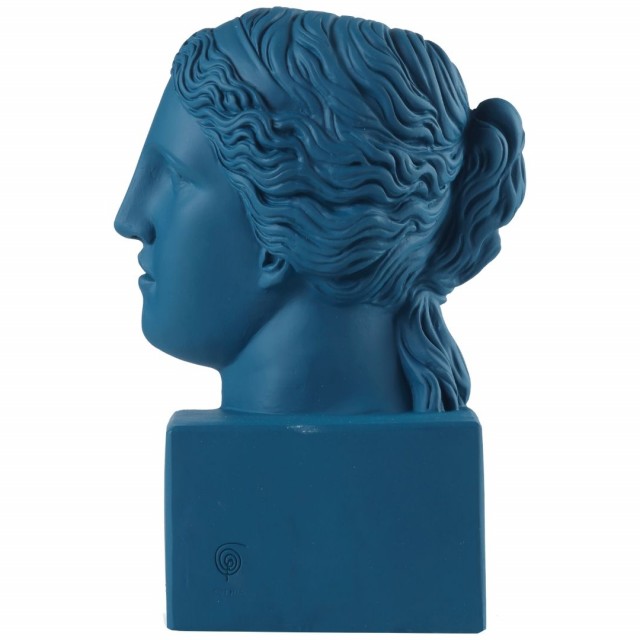
By using both realism and abstraction, he creates a visual that challenges the viewer to resolve what they are seeing. There is also a physicality to sculpture that requires the work to be experienced through movement in order to reveal more about the piece.ĭean has always been drawn to the interactive nature of large-scale sculpture that is available to the public - he loves the idea that his work entices the observer to go beyond what they can see and add tactility to the experience. In all its beauty, crudeness, and subtleties, the figure offers infinite opportunities to express feelings and emotions. He sees himself primarily as a sculptor due to the challenges he finds and thrives on within the process. He has shown at SOFA Chicago in 2017, 2018, and 2019 and participated in ArtPrize in 2013, 2014, and 2015. In the last three years, Dean has also been featured at Abend Gallery in Denver, The Figge Art Museum, and Bereskin Gallery in Iowa. His 3D work is featured primarily at Gallery Victor Armendariz in Chicago. Kugler also incorporates the technical skill of tight rendering with the dynamism of abstraction to create this energy to add additional excitement and intrigue to his aesthetic.ĭean Kugler is a seasoned interdisciplinary artist, painter, and figurative sculptor. He combines elements such as strength and weakness or beauty and damage to be experienced simultaneously within the same piece of work to create a tense energy. Kugler uses scale and the juxtaposition of disparate elements in order to engage and challenge the viewer. This exquisite bronze sculpture is presented on a natural black granite base. A draped cloth covers the woman's eyes as she gives herself over, blindly, to an unseen force. The figure stands contrapposto with arched back and gaze upward. Kugler's "The Powerful Hermanas: Elizabeth" expresses his profound admiration for the human form. Kugler considers an emphasis on this idealisation, yet points out an essential issue: seductive and appealing as nudes in art may be, they are meant to stir the mind as well as passion. The nude from Ancient Roman art is a conceptually perfected ideal person, each one a vision of health, youth, geometric clarity, and organic equilibrium. Notes: Pietro Bazzanti was also known as Pietro Barzanti. This monumental and fine work is illustrated in situ at Bazzanti’s studio circa 1900 among other fashionable works of the period. Elegant handling of textures is further exemplified in the draped fringe of the cloth.
#CAST IRON BOOKENDS VENUS DE MILO VERDI FULL#
The sculptor’s penchant for realism is on full display with the contrasting matte and highly-polished finishes of the gently lapping waves at the figure’s feet, to the jutting rocks and soft skin. The finely-detailed work relates closely to popular figures produced by Bazzanti’s contemporary, Cesar Lapini, whose La Sopresa depicts a young woman stepping back from approaching waves. In 1874 he exhibits his works in London and in 1876 in Philadelphia.īazzanti frequently returned to the subject of 'After the Bath' or 'The Bather' in his works, having carved examples of the bathing Venus after the Antique and in dynamic and dramatic compositions such as the present sculpture. In 1861 the studio was awarded the medal for 'Ercole con cinghiale sulla spalla' (Hercules with boar on shoulder), 'Due Cani' (Two dogs) and 'Cinghiale' (Boar) sculptures at the National Exposition in Florence. The studio was a place where many talented professors and apprentice sculptors specialised in sculpting marble genre scenes and allegorical figures as well as copies of antique and Renaissance sculpture catered to a prominent international clientele which included European and Russian aristocracy, and the industrial fortunes being made in England and Americas drove considerable export demand. Together with his brother, Niccolò Bazzanti (Firenze, 1802-1869) who was also a sculptor, they both worked the sprawling Florentine studio 'Pietro Bazzanti e Figlio' a hugely successful sculpture studio, operated within the family at their gallery on Lungarno Corsini until the mid-twentieth century. Pietro Bazzanti or Barzanti (Italian, 1825-1895) was a 19th century Italian sculptor born in Florence. Barzanti/Florence' (on reverse) and raised on a cylindrical swivelling carved verde antico solid marble pedestal.

The smiling and posing young beauty, with bare breasts and back, her right arm juxtaposed over her head, while holding a blanket over her waist with her left hand and standing barefoot by a rocky seawall and wavy shoreline. Pietro Bazzanti - Barzanti (Italian, 1825-1895) "After the Bath" - A Very Fine and Large Carved White Carrara Marble Figure of a Semi-Nude Young Maiden Standing by the Sea-Shore.


 0 kommentar(er)
0 kommentar(er)
